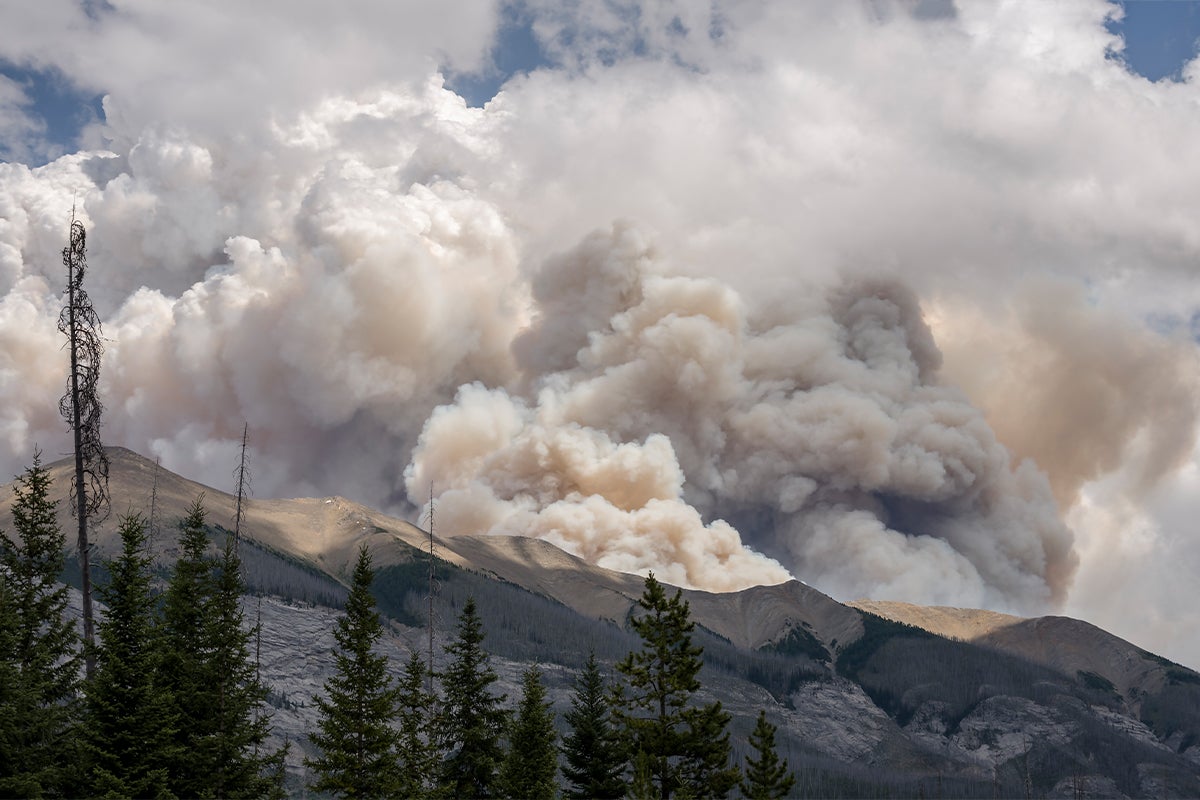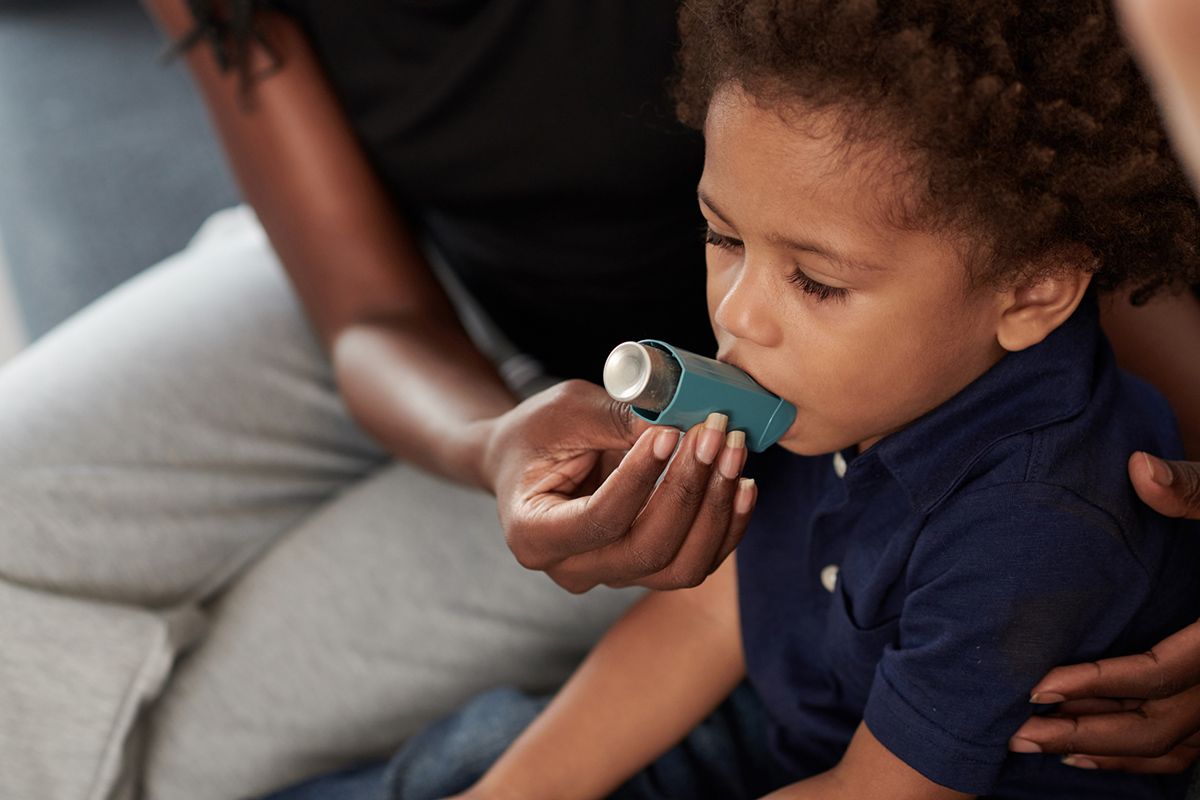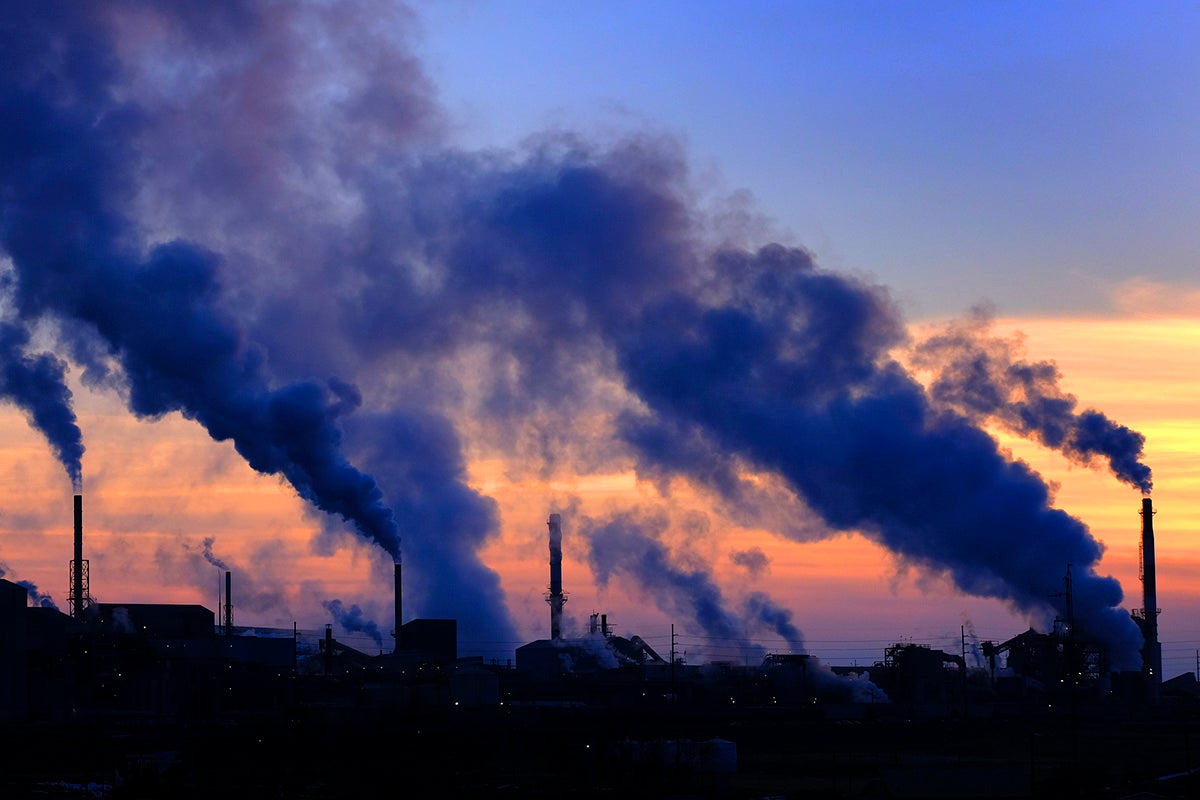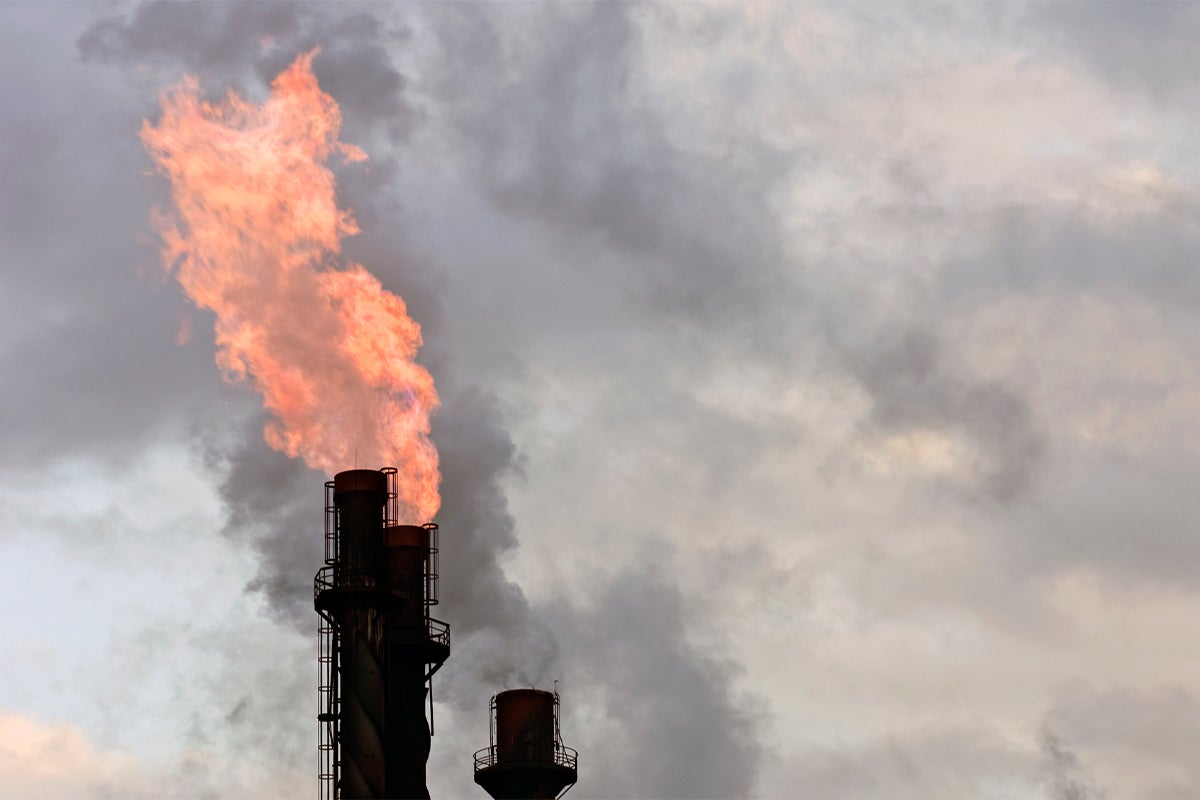‘Linear urban forest’ project aims to mitigate heat, improve health in cities
Researchers designed a “linear urban forest” and plan to quantify its climate- and health-related benefits for U.S. cities, using Springfield, Mass., as a pilot.

Canada wildfire smoke poses health risks in the U.S.
Wildfire smoke from Canada has been traveling to the Midwestern U.S., causing air pollution both outdoors and indoors, according to experts.

Electric school buses may yield significant health and climate benefits, cost savings
Replacing diesel school buses with electric school buses may yield up to $247,600 in climate and health benefits per individual bus, according to a new study led by Harvard Chan School.

‘No safe amount of exposure’ to gas stove pollution
People living in U.S. households with gas stoves may regularly breathe in unsafe levels of nitrogen dioxide, according to a new study co-authored by Harvard Chan School’s Kari Nadeau.

Air pollution, socioeconomic disadvantages may increase children’s risk of asthma
Early life exposure to air pollution may increase children's risk of developing asthma—especially among socioeconomically disadvantaged children, according to a new study co-authored by Harvard Chan School.

New tougher U.S. air pollution standards shaped by Harvard Chan School research
Stricter new federal regulations on deadly fine particulate air pollution in the U.S. were announced on February 7—and Harvard Chan School research played a key role in the decision.

The dangers of oil drilling in the Middle East
Oil drilling in Middle Eastern countries is releasing toxic air pollutants through the process of gas flaring, or the burning of waste gas, according to experts.

Report catalogs climate-related health impacts, urges phaseout of fossil fuels
The most important way to reduce health problems and deaths attributable to climate change is to wind down fossil fuel extraction, according to a new report from The Lancet.
Latino children’s health in the U.S. worsened by anti-immigrant discrimination
Latino children who live in states with more anti-immigrant prejudice and tougher policies aimed at immigrants are more likely to experience health issues, according to a study co-authored by researchers at Harvard Chan School.

Opinion: How to mitigate climate change’s impact on allergies
Seasonal allergies and asthma are getting worse amid extreme heat caused by climate change, according to several experts from Harvard Chan School’s Department of Environmental Health.